Why does my Whirlpool ADG 7560/2 have suds?
- PPaul JohnsonSep 9, 2025
If your Whirlpool dishwasher has suds, it is because of unsuitable dosage of detergent/rinse aid (only use the required amount, since excessive amounts can lead to excess suds).
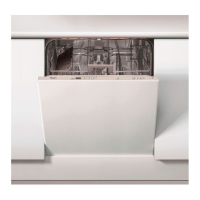
Why does my Whirlpool ADG 7560/2 have suds?
If your Whirlpool dishwasher has suds, it is because of unsuitable dosage of detergent/rinse aid (only use the required amount, since excessive amounts can lead to excess suds).
Why does my Whirlpool ADG 7560/2 Dishwasher have rust marks?
If your Whirlpool dishwasher has rust marks, it is because the pre-wash program was not used (always use the pre-wash program if the dishes are to be washed later, especially with salty or acidic food residues).
Why do my Whirlpool ADG 7560/2 tea cups darken and dirt does not disappear after washing?
This phenomenon is inevitable. Theine alters colours permanently.
Why are my Whirlpool dishwasher glasses not sparkling?
Some kinds of glass cannot be washed in the dishwasher.
| Brand | Whirlpool |
|---|---|
| Model | ADG 7560/2 |
| Category | Dishwasher |
| Language | English |
Instructions for selecting a wash program using the Programs button.
Instructions for starting, pausing, and resuming a wash program.
Instructions for cancelling a program or switching off the control panel.
Details of wash programs, loading instructions, and consumption data.
Initial setup steps for the dishwasher, including water hardness setting.
Recommendations for detergent and salt usage based on water hardness levels.
Procedure for checking the salt reservoir indicator for salt refill needs.
Procedure for checking the rinse aid indicator and adjusting dosage.
Instructions for adding detergent, including tablet placement in the dispenser.
Guidance on arranging items in the upper rack for optimal washing.
Instructions for adjusting the upper rack's height for better space management.
Guidance on arranging items in the lower rack for optimal washing.
Instructions on how to remove the upper rack to accommodate larger items.
Overview of available programs and factors affecting program duration.
Steps for pausing, cancelling, or changing a program during a wash cycle.
Instructions for checking and cleaning the dishwasher's filters.
Instructions for cleaning spray arms to remove blockages and deposits.
Troubleshooting steps if the dishwasher fails to power on or start.
Diagnosing issues indicated by the CANCEL/Off lamp blinking six times.
Troubleshooting when a wash program finishes prematurely with unclean dishes.
Diagnosing issues indicated by the CANCEL/Off lamp blinking eight times.
Solutions for when crockery and cutlery are not perfectly clean or have food residues.
Troubleshooting when the salt indicator light remains on.
Addressing issues related to regeneration salt residue on dishes.
Troubleshooting why dishes are not drying properly at the end of a wash cycle.
Resolving discolouration of plastic components after washing.
Addressing issues with glassware appearing opaque or cloudy.
Dealing with removable deposits or films on washed glasses.
Troubleshooting steps to ensure glasses are sparkling after washing.
Addressing irreversible permanent deposits on glassware.
Resolving persistent stains and dirt on items like tea cups.
Troubleshooting and preventing rust marks on cutlery and dishes.
Addressing various other types of marks or residues found on crockery.
Troubleshooting to eliminate streaks left on dishes after the wash cycle.
Troubleshooting and resolving the issue of excessive suds formation in the dishwasher.
Information on recyclable packaging and initial inspection of the appliance.
Guidance for initial operation and tips for saving energy and water.
Safety measures for children and general warnings for appliance use.
Measures for frost resistance and proper disposal of the appliance.
Formal statement of compliance with European directives for the appliance.
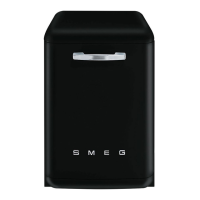
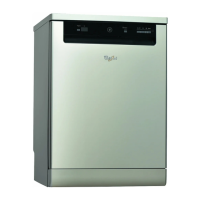



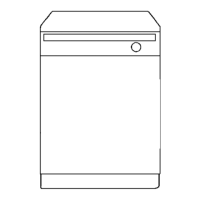



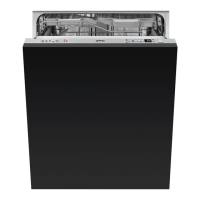


